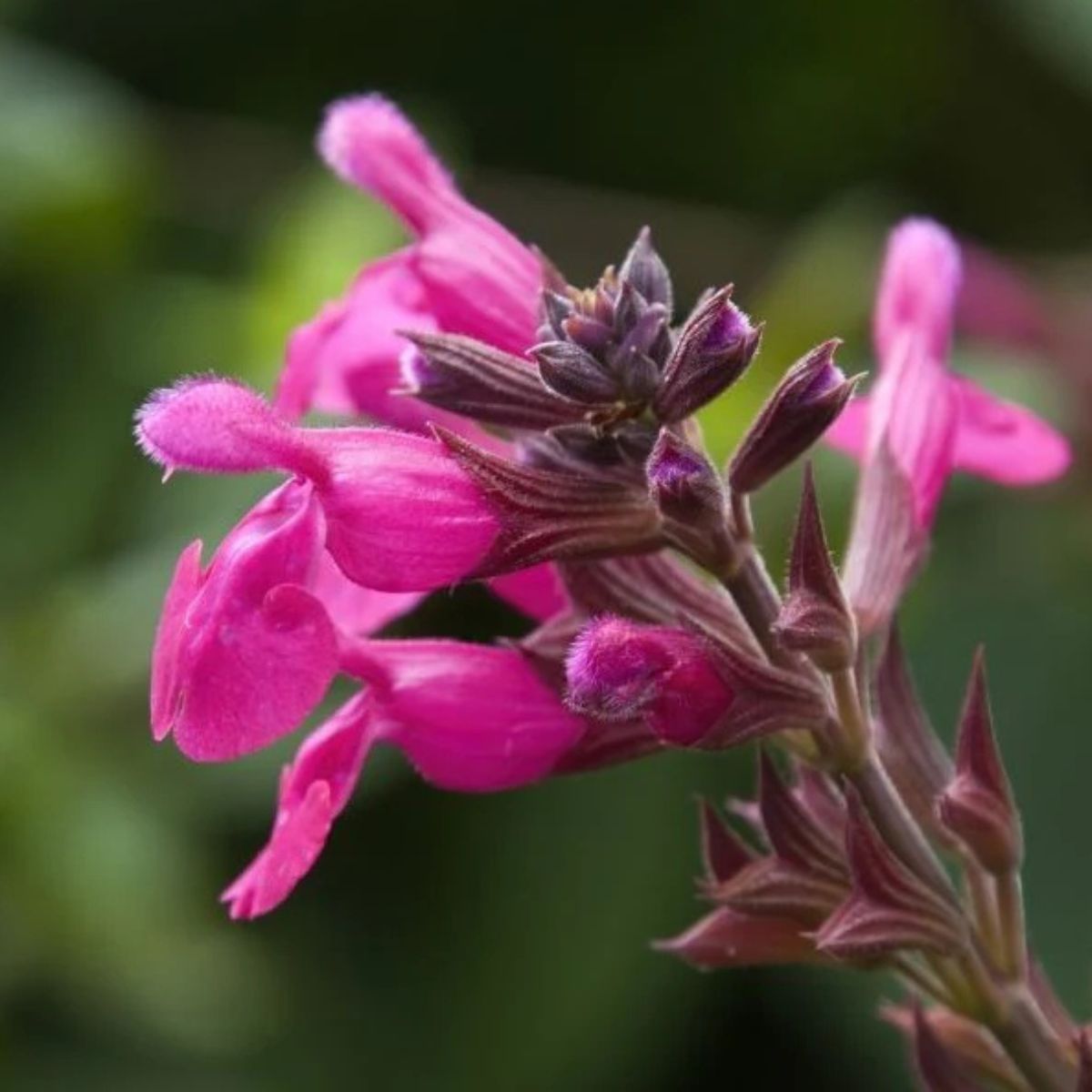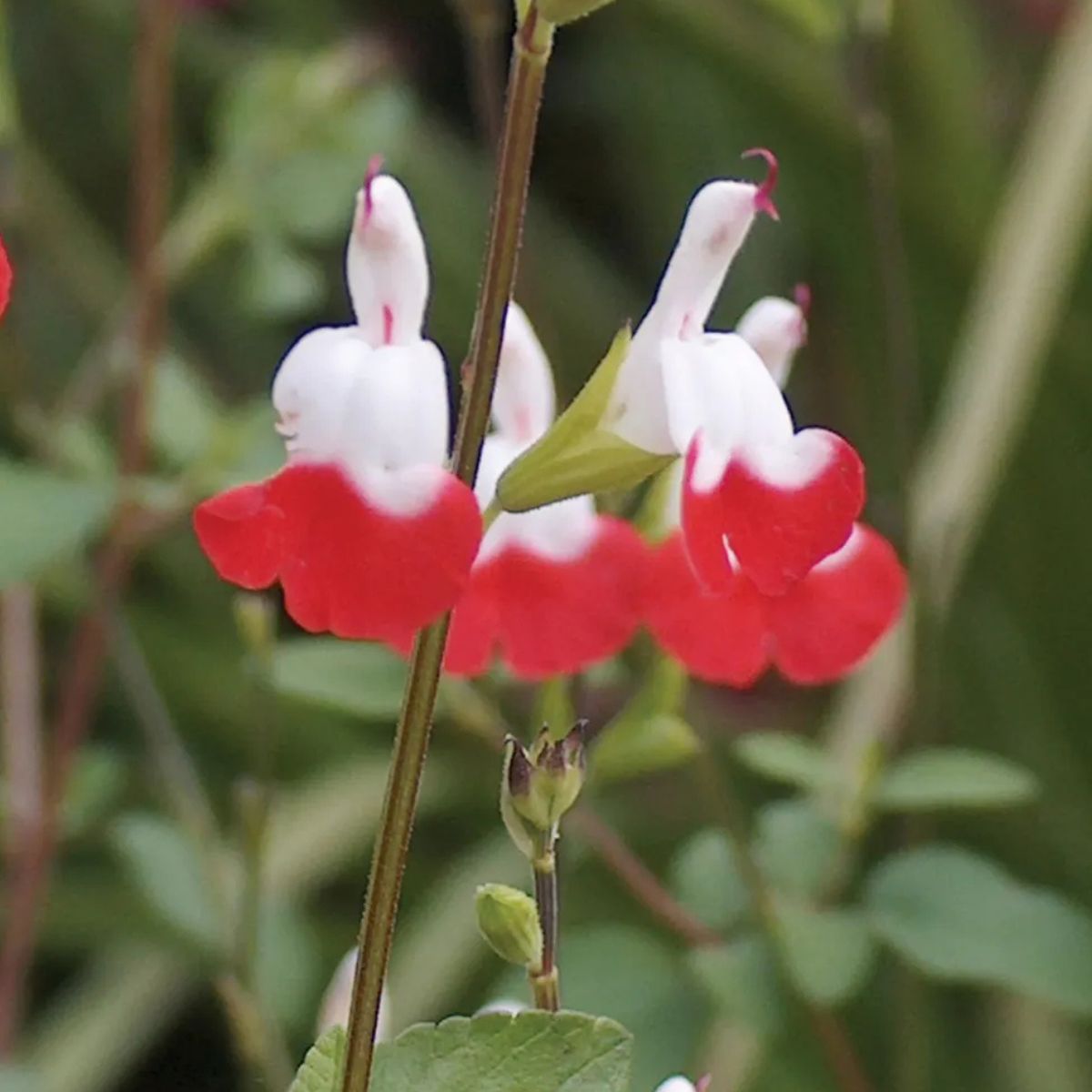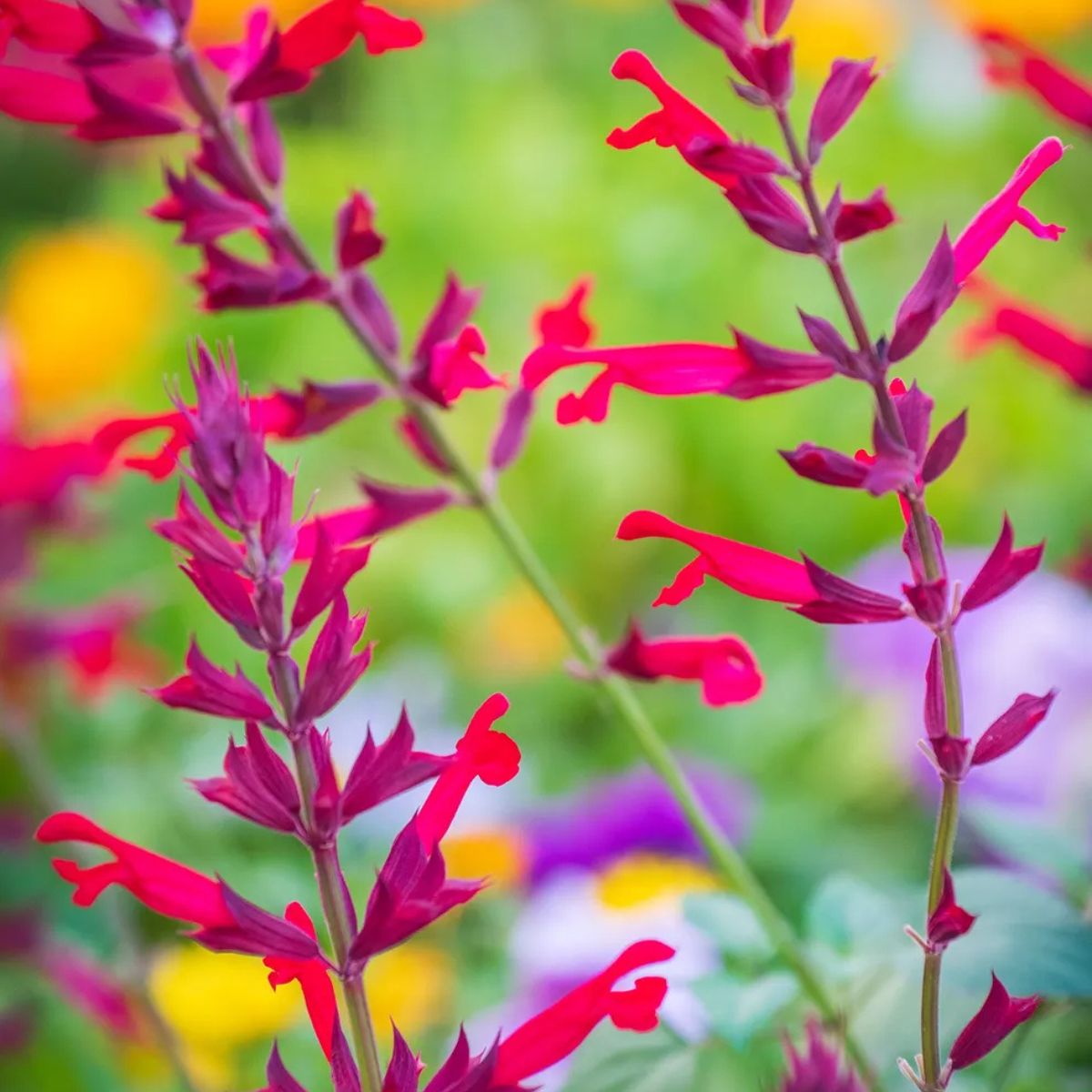I got my salvia 'hot lips' to grow like a weed this summer – 4 easy changes I made to maximize its flowering potential
Its phenomenal growth is down to some small tweaks in the garden
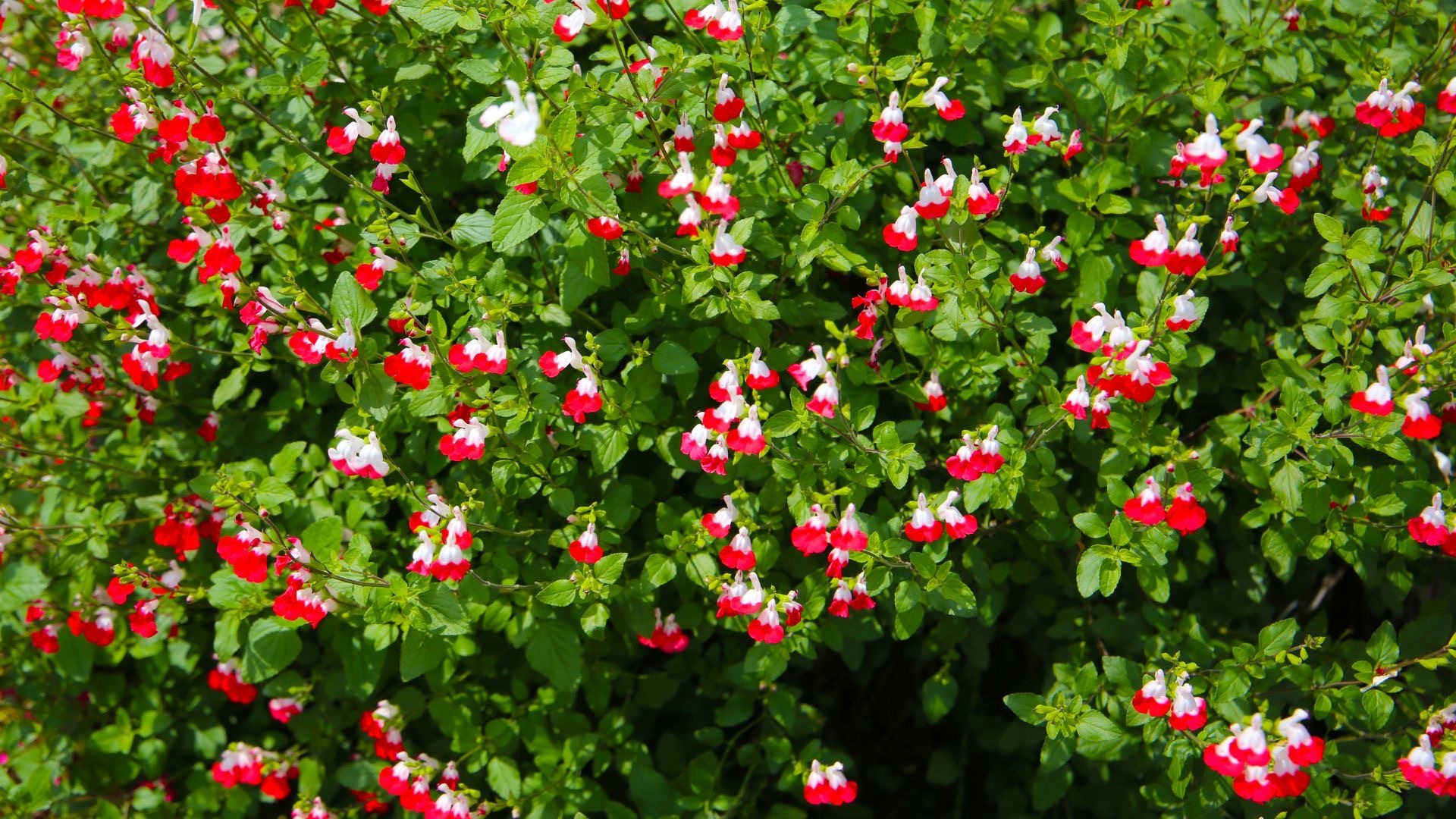

Salvia 'hot lips' is a simply marvellous perennial. Its dainty, ovate, scented green leaves and fabulous lipstick red and white flowers that dance all summer long in excited fecundity.
It is one of the most discernible types of salvias, owing much to its rather titillating name and even more sensational colors. This year, after some careful and judicious tweaks in my garden, my salvia 'hot lips' plants, which were once very pretty, but on the whole rather languid, unimpressively lethargic growers, have erupted into the most exuberant growth. They have soared into broad waist-high swathes, and I am sure their success is down to a few key changes I made recently.
Here, I reveal the four simple ways I made my stubborn salvias transform into mightily generous flowerers that continue to grow and bloom relentlessly.
1. Adapting the soil
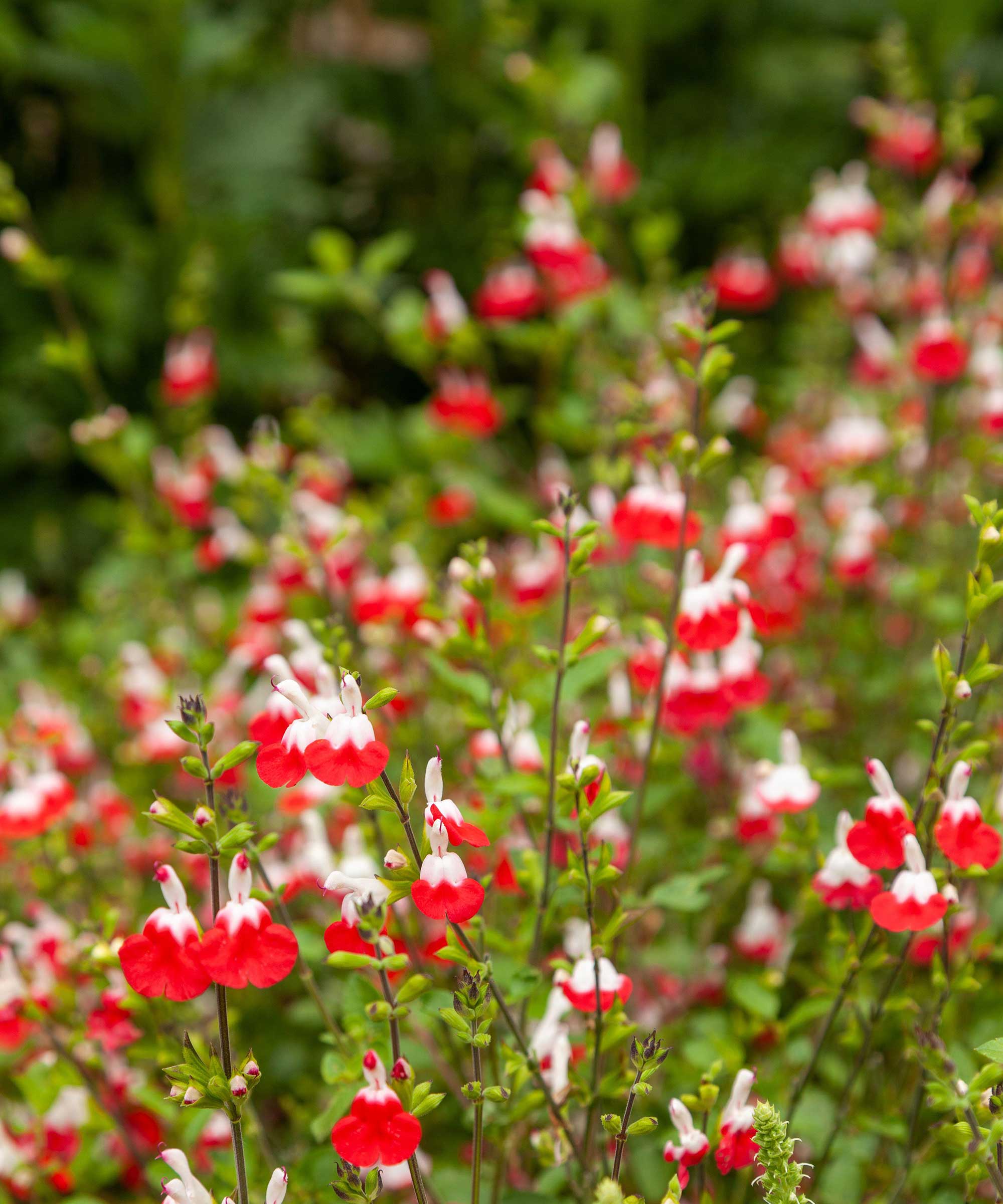
The most impactful modification you can make to change the game of your salvia 'hot lips' is to amend the soil. If you don't improve the soil for your salvias, no other changes will make even the slightest of difference.
Salvia plants need very little-to-no fertilizer. If you try to use chemical fertilizer, it can often have the opposite of the desired effect. When you douse your salvias in fertilizer in spring, salvias encourage aphids, which have a feeding frenzy on the young growth. If you fertilize in summer or fall, the high nitrogen levels delay hardening off for winter, and can result in freeze damage and ultimately, they never really recover very well at all.
Instead, keep their soil healthy and well-drained by fertilizing with natural or organic soil builders.
My recommendation is to top dress the soil in mid-spring (April or May is perfect) with something that will support the soil's microbial population, which in turn supports healthy sage plants. Only do this once a year; any more will be overkill.
Design expertise in your inbox – from inspiring decorating ideas and beautiful celebrity homes to practical gardening advice and shopping round-ups.
Top dress the soil with a natural compost, like this chemical-free fertilizer available at Amazon.
2. Water heavily in their first year, then hardly at all
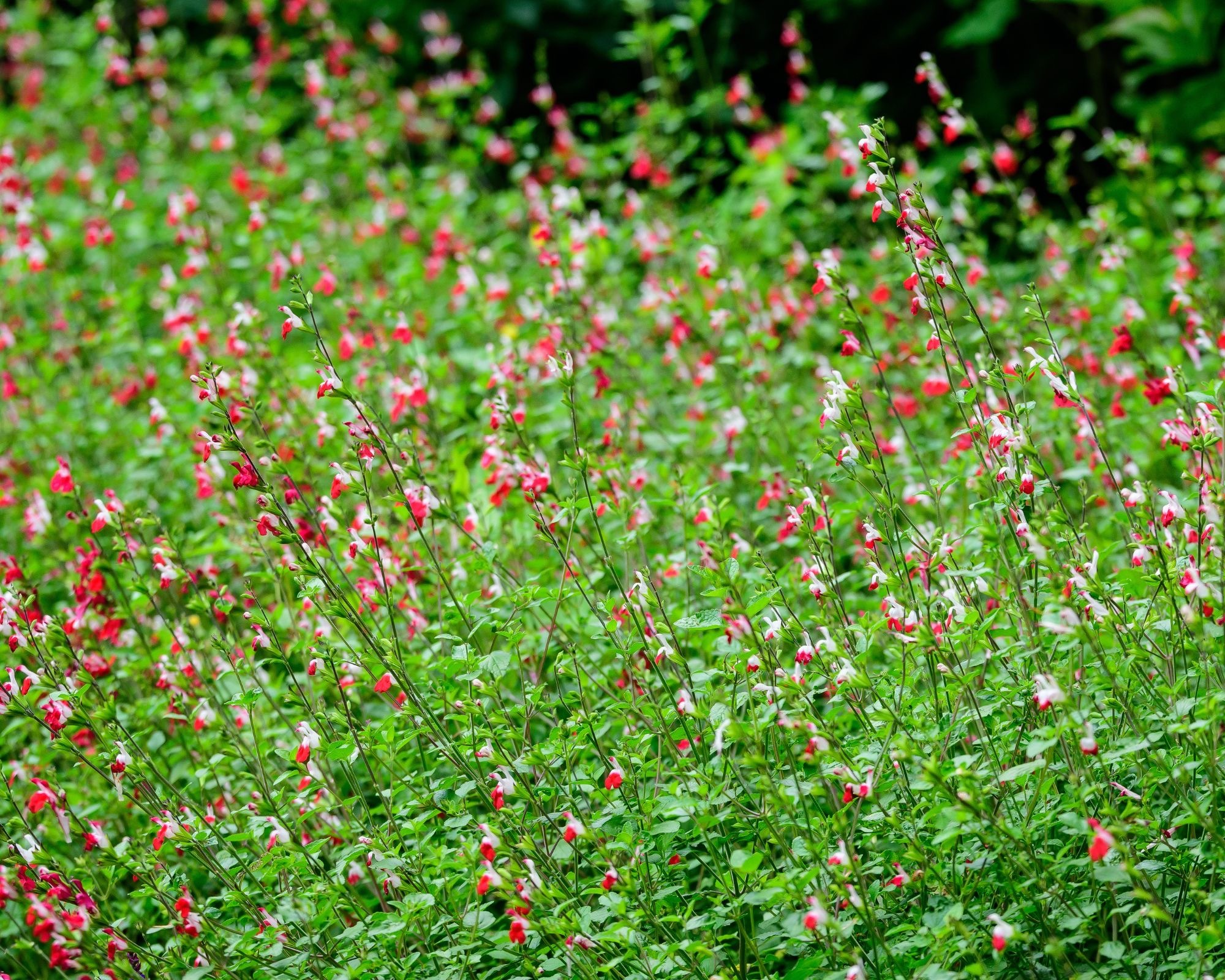
If you know how to grow salvias you'll know that they're sun worshippers and like a lot of light and warmth. Whilst they will be politely tolerant of shade, they will only truly flower prolifically when drenched in sun, and will flourish and prosper like you have never seen before when you give them access to maximum rays.
It's no surprise, then, that they loathe wet and soggy roots. When you first plant your 'hot lips', it's worth giving it plenty of water so it can establish a root system, but after the first year of being in your yard, my advice is to refrain from drenching them with the hosepipe and step back from the watering can.
Unless temperatures skyrocket, 'hot lips' need minimal watering and are low-maintenance, drought-tolerant plants. The best thing to do is to water less than you think you need to, and unless plants start to wilt or look sorry for themselves, leave them to their own devices.
3. Deadhead on repeat
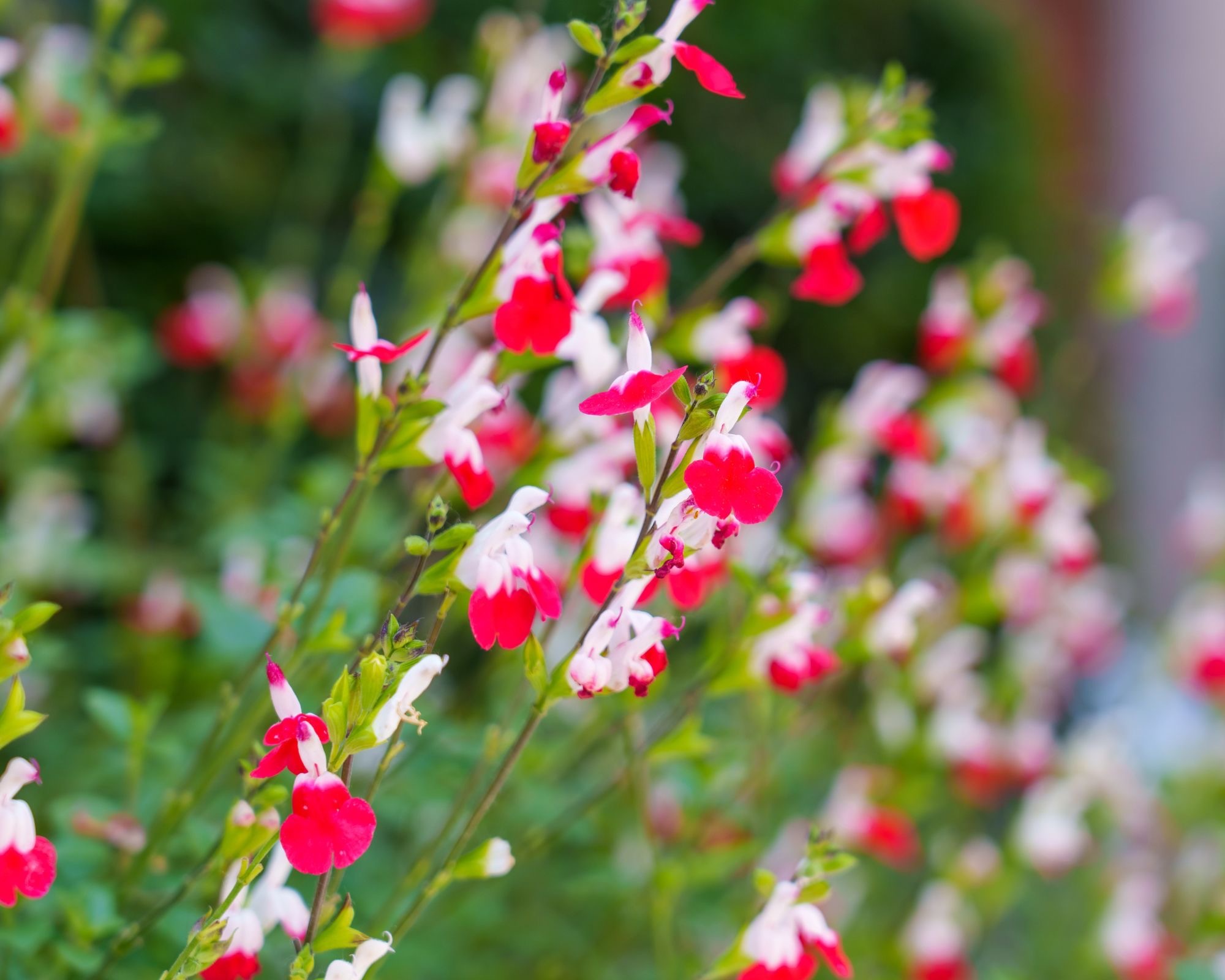
If you are wondering should I deadhead my salvias? The answer is unequivocally, yes.
Deadhead your 'hot lips' consistently throughout the flowering season for a profusion of new blooms and a longer flowering period. As soon as blooms are wilted or browning, remove them and dispose of them immediately, to prevent them from going to seed. Use lightweight snips, like these gardening snips available on Amazon.
Deadheading frequently has been a real boon to my 'hot lips' and spurred them on to produce many, many more blooms and seemingly throw out much more vigorous and unyielding growth than ever before.
4. Pick its companions wisely
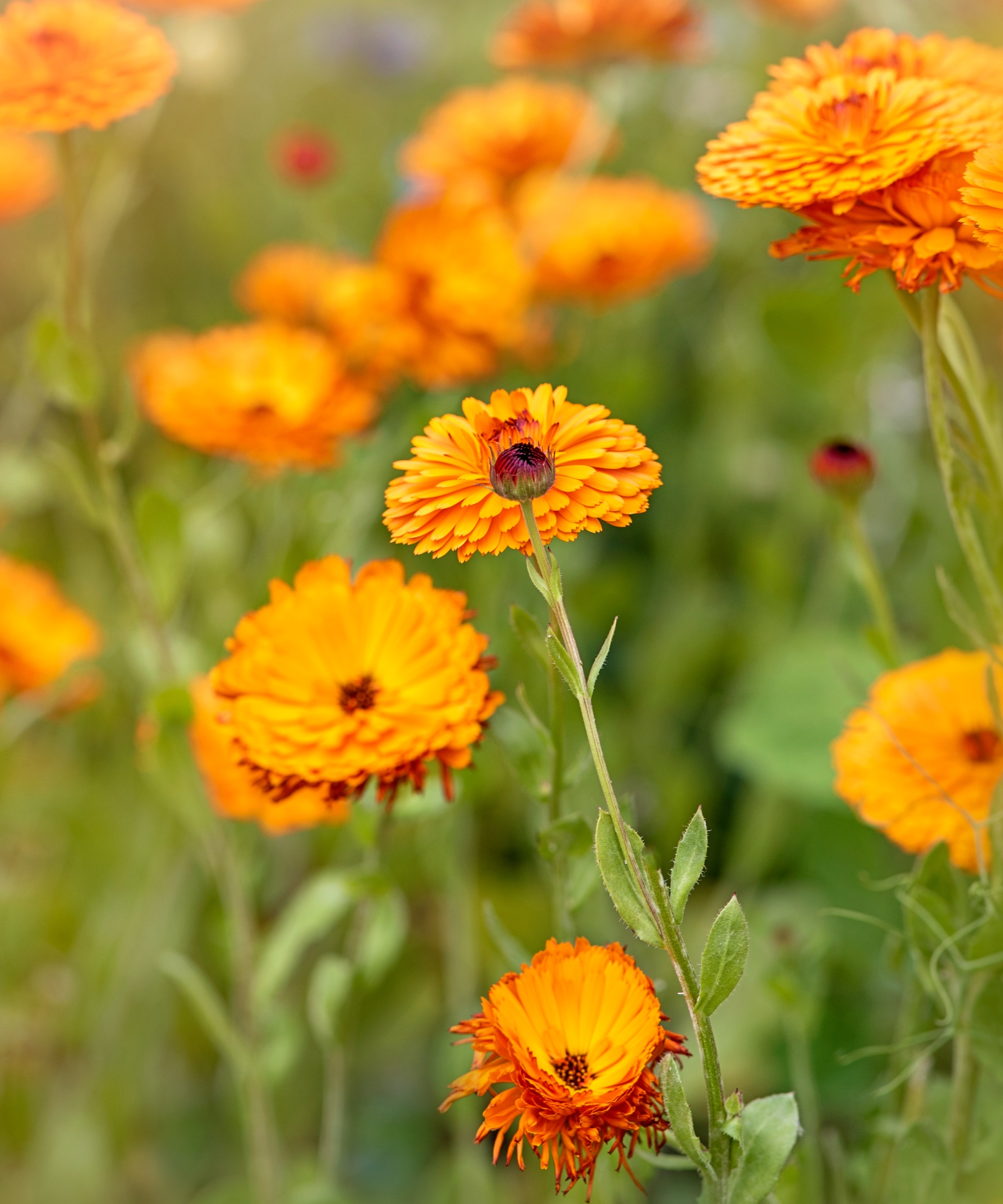
Oftentimes, getting companion planting right or wrong can be the make-or-break of a plant's success. Picking companion plants that make for happy bedfellows with salvia is paramount if you want them to be truly happy, healthy, generous flowerers.
Avoid planting 'hot lips' next to anything that could block or compete for sunlight. Any particularly lofty or thuggish plants that will put it into the shade would not be a wise choice.
In my opinion, roses and salvias are a match made in heaven. I nearly always underplant my roses with salvia, not only because it looks delightful, but also the sulfur in salvia's leaves helps to keep roses fungus-free.
Another fantastic pairing is salvia and marigolds. Marigolds have wonderfully deep root systems that can help aerate the soil and improve drainage. As the roots grow, they penetrate and break up compacted soil, creating air pockets and channels that allow water to drain more easily.
This is a godsend for 'hot lips', which hate to be smothered in moisture, so the Marigolds do a lot of heavy lifting on salvia's behalf. A dynamic duo indeed.
Shop my favorite Salvias for summer color
There are thousands of reasons why gardeners should grow salvia, not least because of how attractive they are to pollinators. So we say, get shopping salvia for a sensational summer display.

Sophia Pouget de St Victor is the UK Content Editor at Homes & Gardens, bringing readers the latest trends, expert insights, and timeless design inspiration tailored to a UK audience. With a background in luxury interiors and a qualification in Garden Design from London, she has a passion for creating spaces with character and emotional depth. Sophia gravitates toward interiors that defy definition, valuing individuality and effortless elegance. She lives in West London with her partner, two mischievous terriers, and a plump cat named Lettuce.
You must confirm your public display name before commenting
Please logout and then login again, you will then be prompted to enter your display name.
